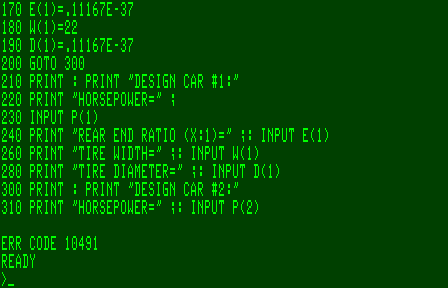General Information
Quest Electronics developed the Super Elf, which took the 1802 a bit further than the Netronics ELF II. The Super Elf had additional buttons and led's for different functions like reset, load, go, wait etc. The Super Elf allowed expansion via the S-100 bus.
Technical specifications
Clock: 1.76 MHz
Memory: 256 Bytes RAM
Video: CDP1861 and 6 FND500 (for six character hexadecimal display)
Sound: Q output speaker with frequency set in software
Keyboard: Hexadecimal keypad
Screen shot
Quest Super Elf running Quest Super Basic on a Quest Super Video Board
Links
Other information about the Pico/Elf V2:
- Cosmac Elf group
- DigiBarn computer museum

Main Features Quest Super Elf Emulator
- Adjustable speed, boosting the speed of the Quest Super Elf beyond 1.76 MHz!
- Tape features (wav file and real cassette support) including a Turbo version and automatic tape handling for Quest Super BASIC (CLOAD, CSAVE, DLOAD and DSAVE) as well as Tiny BASIC (LOAD and SAVE) commands
- Direct Quest Super Elf memory access to load and save software from the PC hard disk via intel hex, binary, '.super' (for Quest Super Basic) and '.rca' (for RCA Basic) files
- Terminal simulation (DEC VT-52 and VT-100)
- Video support for CDP1861 (Pixie), MC6845, MC6847, TMS 9918 and Intel 8275 all with zoom and full screen option by pressing F3
- Keyboard support for Hex keypad, PS2 and Ascii keyboard
- IDE Hard Disk and FDC support
- RAM extension up to 64KB, EMS Memory expansion (512 KB) or Memory Mapper (1MB)
- Sound support for 'Q flag' connected speaker
- Support for Printer simulation including possibility for sending the output to any printer you own or to a file
- Video screen dump to a file (BMP, JPEG, PNG or PCX image)
- 1805 CPU Mode

